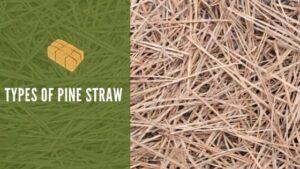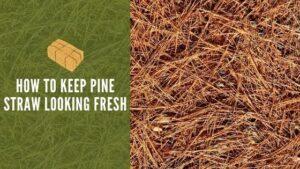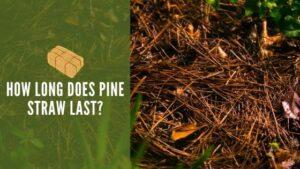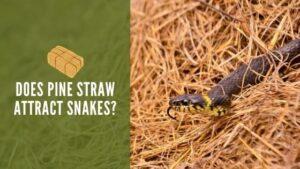Pine Straw for Flower Beds
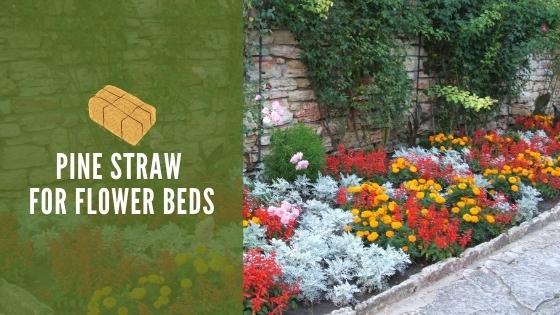
Mulch is essential for your flower beds. It helps keep down weeds, keeps moisture in, and gives it a neat and tidy look. Choosing the right mulch is also a necessity, and you have many choices available. One of these choices is pine straw. Let’s explore pine straw as an option for your flowerbeds.
Is Pine Straw Good for Flower Beds?
Many people choose pine straw because it is much less expensive than traditional hardwood mulch. It is also sustainable because pine needles drop their leaves every year regardless of human interaction. These are two of the main reasons why people choose pine straw, but you must consider several things before choosing it as an option.
You first need to know that pine straw is lighter weight than hardwood mulch. It also allows moisture and light to penetrate, encouraging seeds to germinate and grow. It can be an excellent choice for seedling beds, but it does little for weed prevention.
One of the concerns over pine needle mulch is that it might acidify the soil. In reality, this effect is only slight, and it can be an excellent solution for areas where the soil is too alkaline. Fresh pine needles taken directly from the tree are slightly acidic, but they lose much of their acidity once they become old and ready to drop off. Fresher pine needles can be an excellent choice for acid-loving flowers.
Which Is Better for Flower Beds Mulch or Pine Straw?
If you live in a northern climate, pine straw is a better insulator than hardwood mulch. This is because pine straw tends to form a mat more readily than hardwood chips. Not only does it help protect the roots in the winter, but it also protects them from getting too hot in the summer.
Hardwood mulch comes out on top if you are looking for weed control. Another thing to consider is that hardwood mulch makes an excellent environment for many types of insects unless you use cedar or cypress mulch. Pine straw repels many types of common pests that might invade your flower garden.
The most important thing to consider when choosing a mulch is to know the growing conditions and moisture needs of your flowers. The recommended depth for pine straw mulch is around two or three inches for best results. Pine straw is an excellent choice for retaining moisture for flowers that are not drought tolerant.
How Long Does Pine Straw Last in Flower Beds?
Just as with any mulch, pine straw will eventually break down and become organic matter. This adds nutrients to the soil that can help you produce more flowers in the future. The best part about pine mulch is that you do not have to remove the old layers before adding new ones. All you have to do is put a new layer on top of the old and you are good for the season.
Pine straw generally lasts a few years before it breaks down significantly. Longleaf pine straw has been known to last for as much as five years. If it begins to lose its color, all you have to do is put another thin layer on top. Hardwood mulch lasts about 3-5 years, depending on the size of the pieces and type of tree.
Does Pine Straw in Flower Beds Attract Snakes?
If you are not a fan of snakes, this might be a concern when using pine straw. Many sources say that pine straw attracts snakes, but regular mulch also attracts them. Snakes will come into your yard looking for food, water, and shelter. They will burrow and hide under mulch, woodpiles, and almost anything else.
The best way to keep snakes out of your mulch is to avoid applying it too thick. If your concern is snakes, you should not apply any mulch more than 6-8 inches deep. Mulch in a thinner layer does not provide enough protection for them or their prey.
Pine straw mulch is an excellent choice for your flower beds. It provides an attractive backdrop and contrast to summer blooms. It helps keep in moisture during hot periods of the season, and it is a good insulator for both heat and cold. Pine straw adds organic matter to the soil as it breaks down, and it is a sustainable, inexpensive alternative to hardwood mulches.

